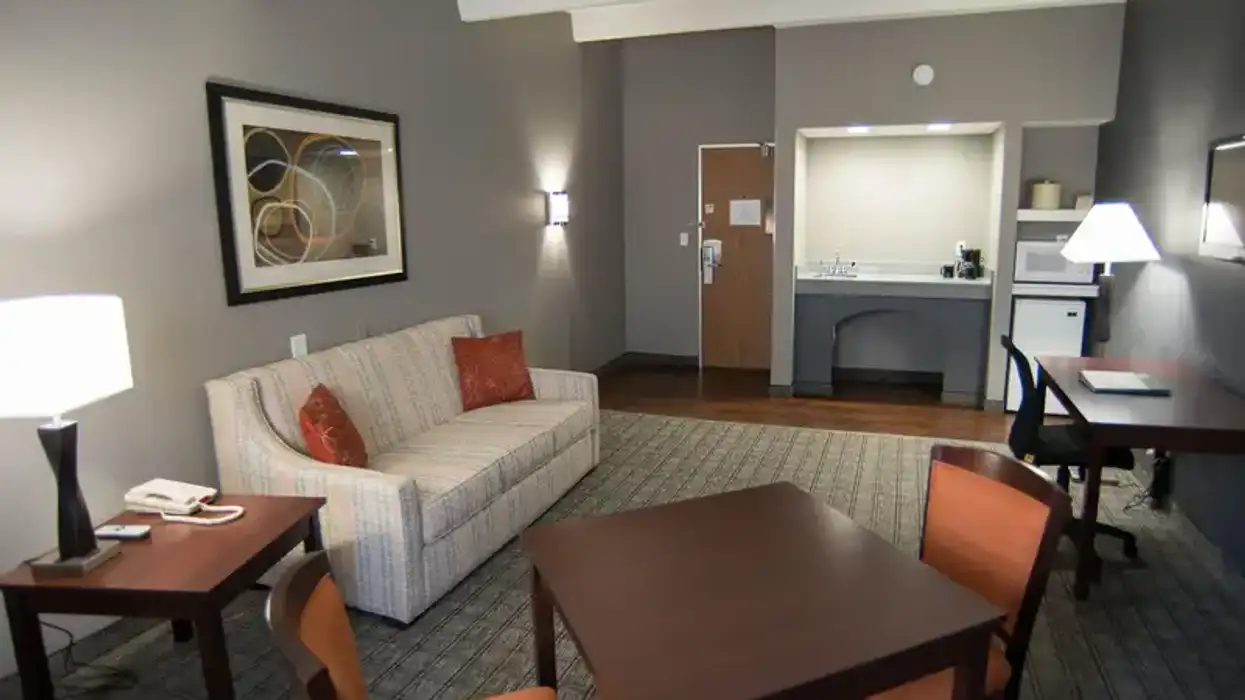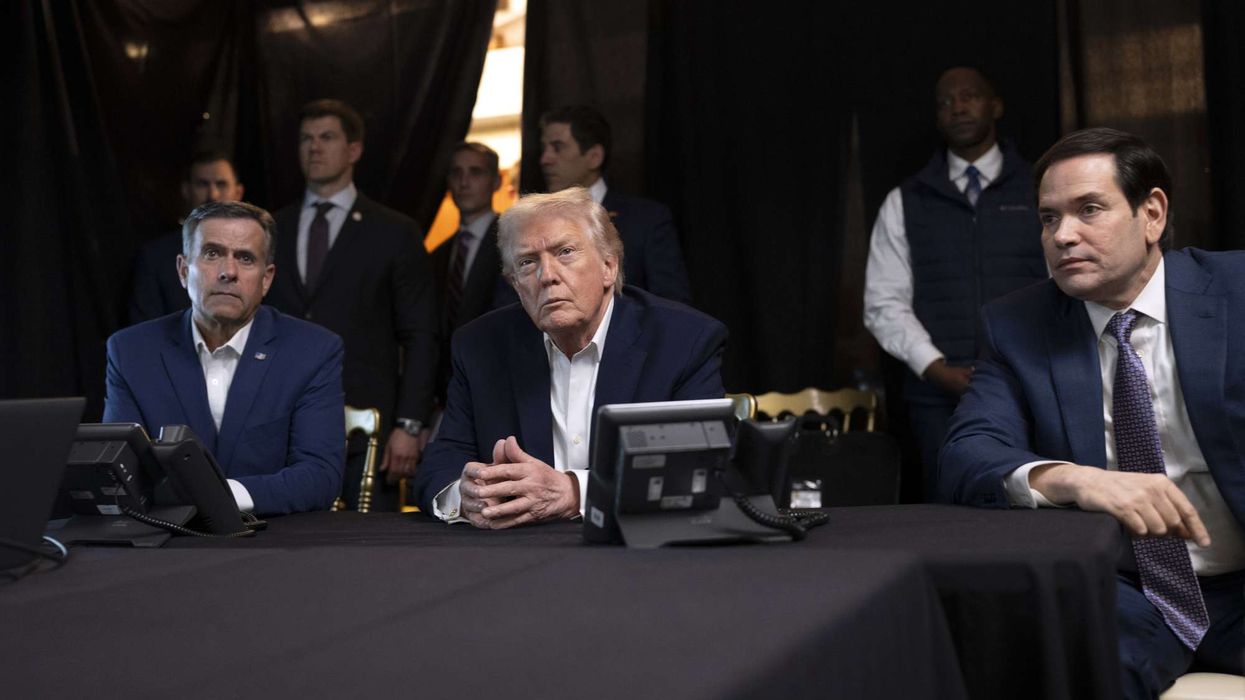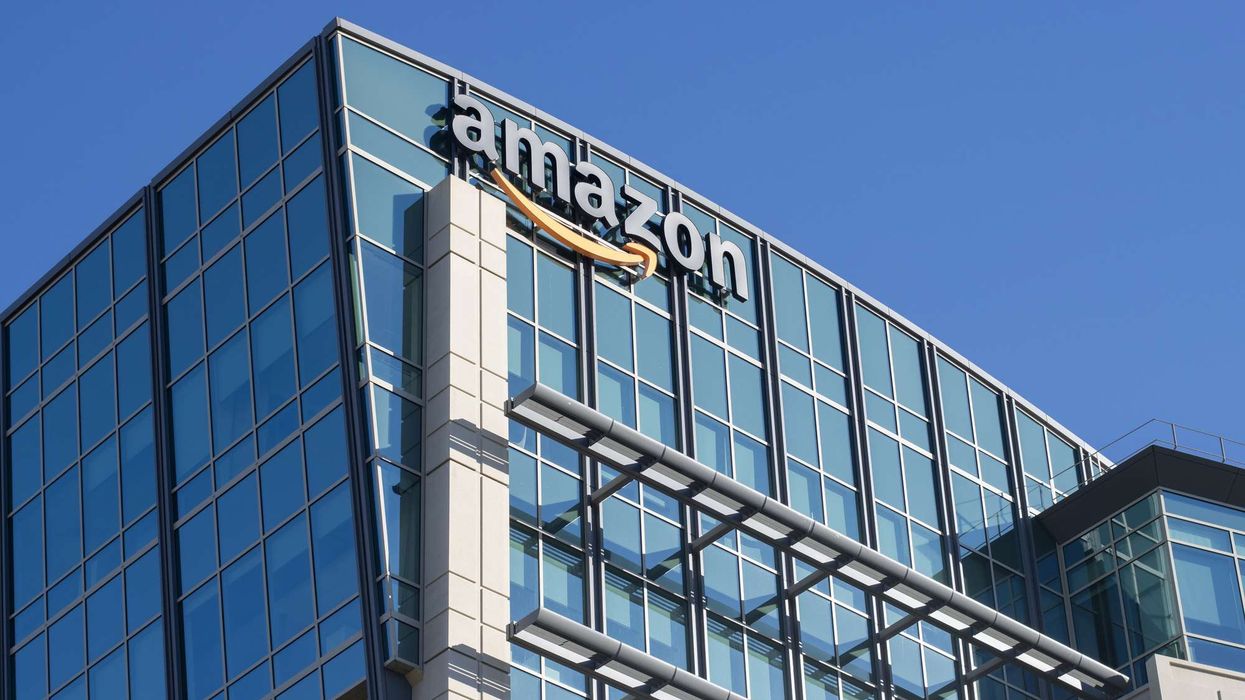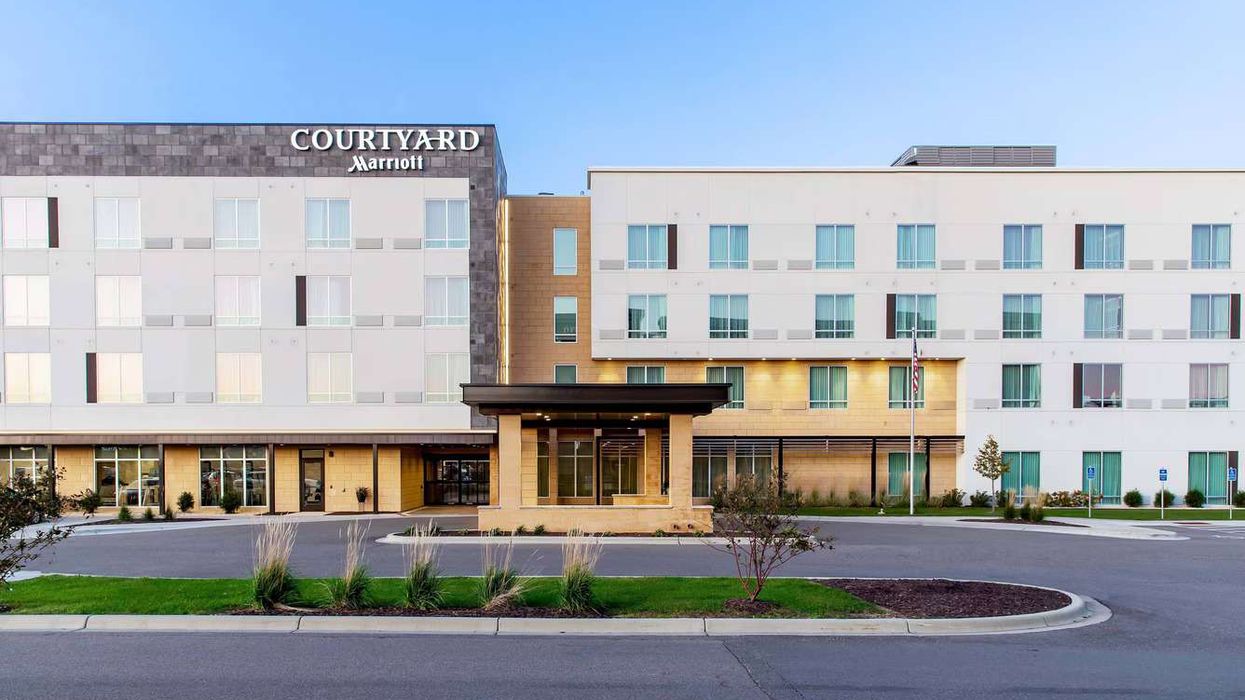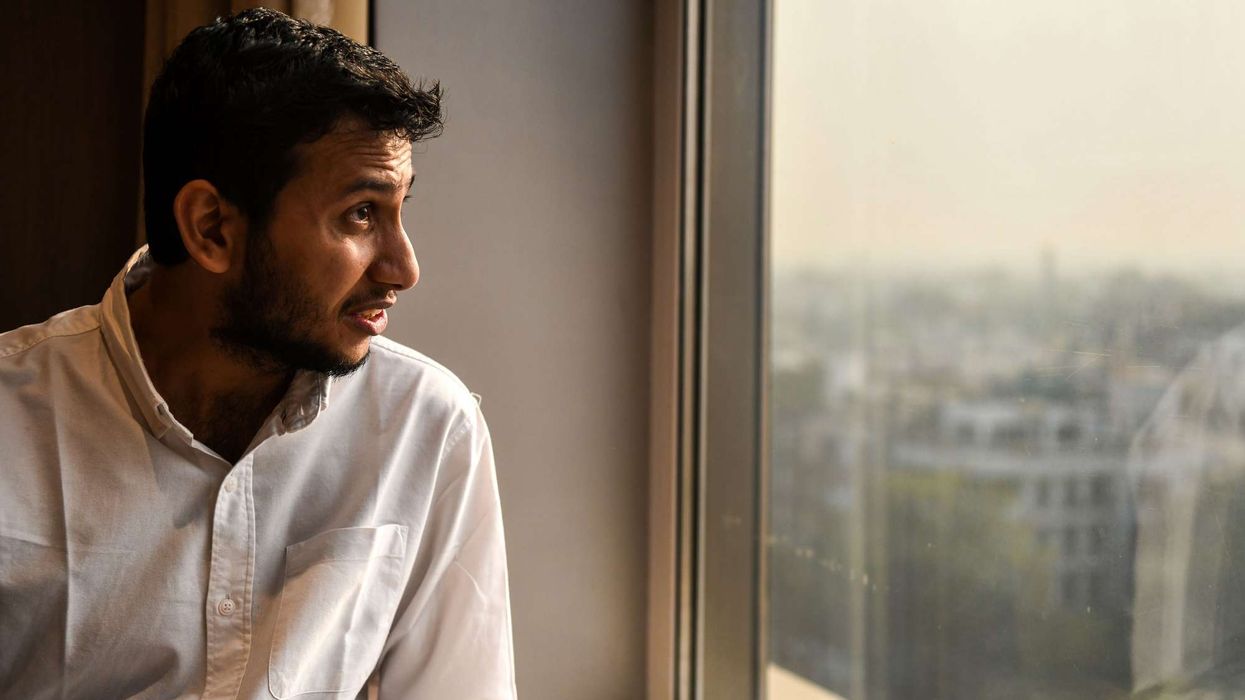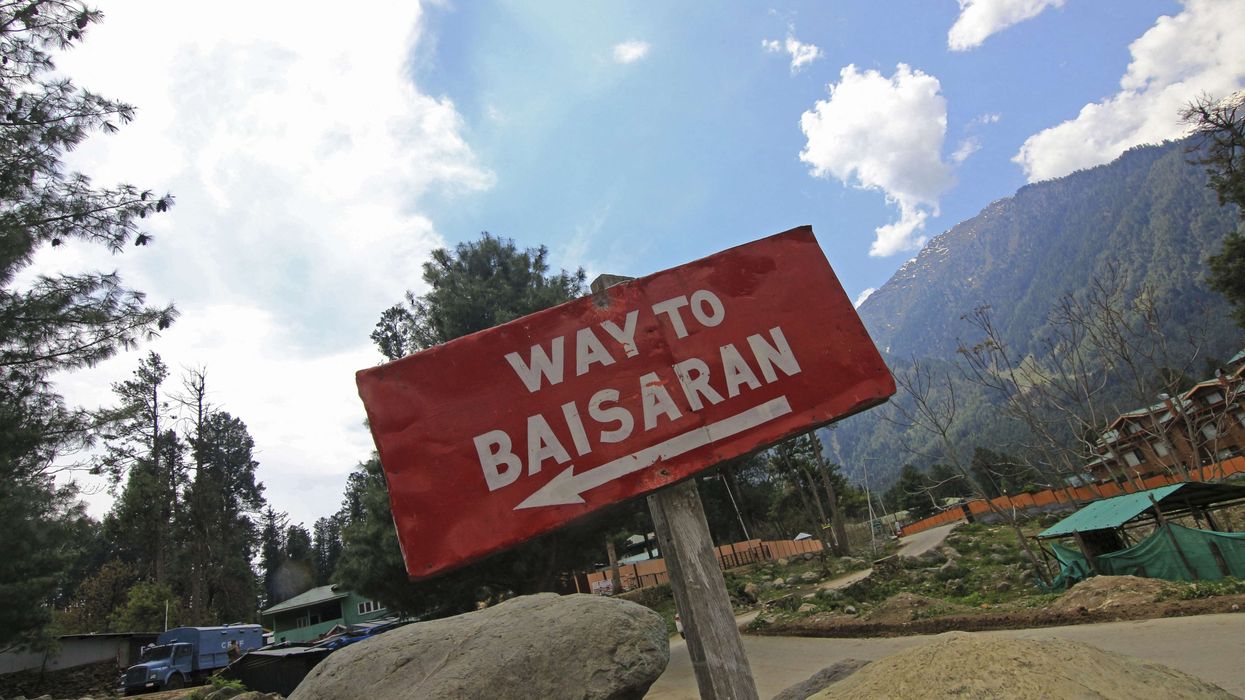THE PAYCHECK PROTECTION Program, part of a federal stimulus package meant to slow the economic freefall initiated by the COVID-19 pandemic, could fail to help hotels retain emplyees, according to a report from the American Hotel & Lodging Association. The association has sent a letter to Congress asking for an amendment to the program to raise loan limits.
Despite being “enhanced” by Congress last week with an additional $349 billion to the PPP as part of the Coronavirus Aid, Relief, & Economic Security Act, AHLA’s “Analysis: Why Current PPP Loan Limits May Lead to More Hotel Layoffs” report claims the costs that qualify for funding under the CARES Act cover only 47 percent of hotel operating costs. With revenue expected to stay lower than 40 percent of normal for the rest of the year, AHLA said the program’s current loan limit must be raised from 250 percent average payroll to 800 percent of covered costs to save jobs.
“The CARES Act is an historic effort to meet the most serious health and economic challenges of our lifetime, and the hospitality industry recognizes and applauds every elected official who has helped meet these challenges,” said Chip Rogers, AHLA’s president and CEO. “The policy solutions and technical corrections we offer do not overshadow the gratitude we have for the work already done to help save our industry. The additional funding and needed changes to the CARES Act are directly related to our only interests: saving jobs of our employees and supporting our small businesses.”
By comparing the average hotel’s pre-crisis cash flow over a normal 6-month period to the average cash flow for six months under current circumstances, AHLA predicts that the hotel will not generate significant revenue to cover costs even after a recovery has begun. Occupancy is not expected to return to pre-crisis levels before 2021 and revenue until 2022.
“The hospitality industry is truly engaged in a fight for survival,” Rogers said. “The human toll is measured in millions of jobs lost, and nearly half of all hotels are functionally closed. If small business hotel owners can’t pay the mortgage or utilities, they will have to close their doors with no jobs for employees to come back to work.”


